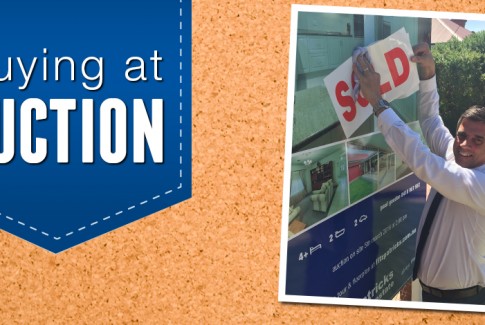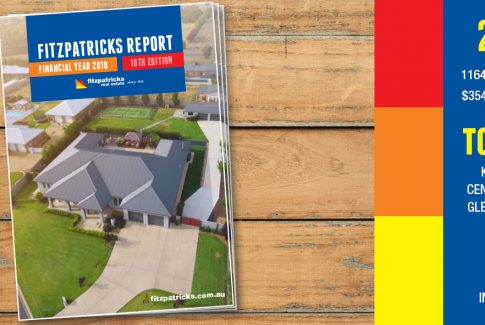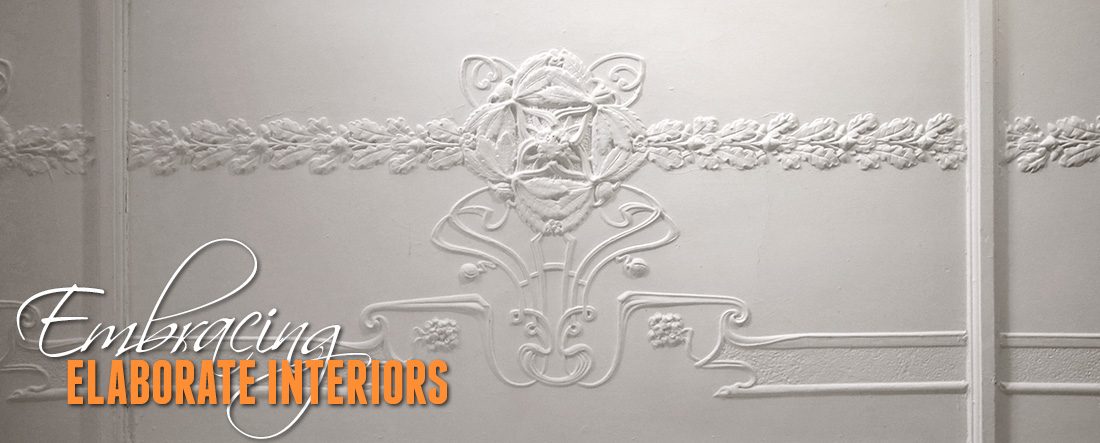
Charm, character and intricate design elements are back in style, with the inclusion of more elaborate interiors as one of the biggest interior design trends for 2017.
“There has been a noticeable shift towards more elaborate, ornate interiors and away from the stark, minimalist lines that have dominated the interior design scene,” Justine Stedman, of Sydney’s Vault Interiors, told Domain. “Think gorgeous wainscoting, dado rails, picture rails and lots of gold brass and metal hardware.”1
As such, a resurgence of traditional architectural elements such as wall treatments and ornate finishes is not as obviously pronounced in Wagga Wagga, as there is already a high demand to renovate homes in their original period style. But not every home in Wagga is a Federation-style cottage and, of course, certain materials and aesthetics are not as conducive to complementing the overall style of your home. A brand new home with a crisp modern exterior is not going to feel as seamless walking into an overly traditional interior, but interpreting and including some elements are certainly a way to lift your interior.
So what exactly are these elements and why are they making such an impression? Interestingly, they do actually serve a purpose, other than decoration.
Off the wall
Dado Rail
Primarily an aesthetic treatment, it is a strip of moulding set to the wall horizontally around the perimeter of a room, often separating different wall finish treatments. Set in the lower part of the wall (as opposed to the higher-than-eye-level picture rail, or skirting boards at the bottom) the dado rail may provide the wall with protection from furniture and other contact. Traditionally set at one-fifth the height of the wall, modern trends place the dado rail at 900mm high, the height at which it has become known as a chair rail based on the assumption of its function to protect the wall (and your expensive decorative wallpaper) from the backs of chairs placed around the edges of the room.2
Wainscoting
Wainscoting refers to the panelling detail between the dado rail and the skirting boards. Traditionally it refers to the timber boards lining the walls of rooms in stone buildings, which insulated from the cold stone and made them more comfortable. The style then developed to cover just the lower part of the wall, which was subject to stains associated with rising damp and protect against furniture and passing traffic, although its function now is mainly decorative.

Dado rails and wainscotting help add warmth and character to the expanse of a room.
Look up!
Drawing the eye upward is a crafty trick of interior design, helping to create the illusion of height and, subsequently, space.
Adding elements above the eye line is a subtle way to draw attention upward and can be done in a number of ways.
Picture rails
An obviously practical element as per its name, the picture rail is a dado rail set above eye level and was intended to hang framed pictures from or to place picture frames within the space made between the ceiling and the dado, rather like a small exhibition space along the top of a room. It also served to optically bring the height of the ceiling down, to make a less intimidating and more-easy-to-decorate environment in rooms of the 19th century homes that had particularly high ceilings.3
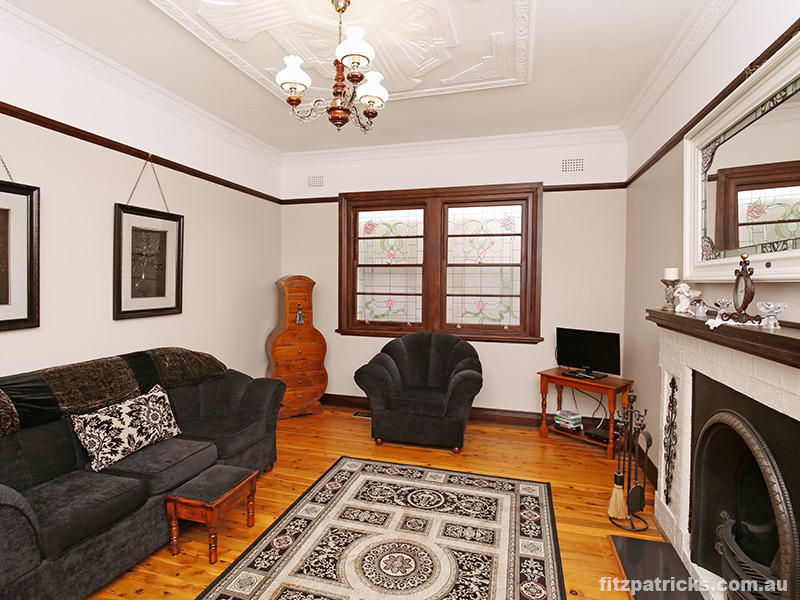
Utilitarian in function, picture rails also split the wall into linear sections which can then be highlighted to further give the illusion of height and space.
Fretwork
Fretwork refers to ornamental designs, usually made of timber or metal, that are used to adorn interior and exterior architecture for both character and decorative enrichment. Internally, fretwork spanning hallways or bay window openings add interest, providing visual accents to long passages. They also help divide larger rooms and define family rooms from visitor areas.
It also provides a slight “obstacle” in the circulation of air, which may assist or hinder the heating of larger areas (depending whether you want heat to travel down a hall or not), by trapping hot air in pockets.
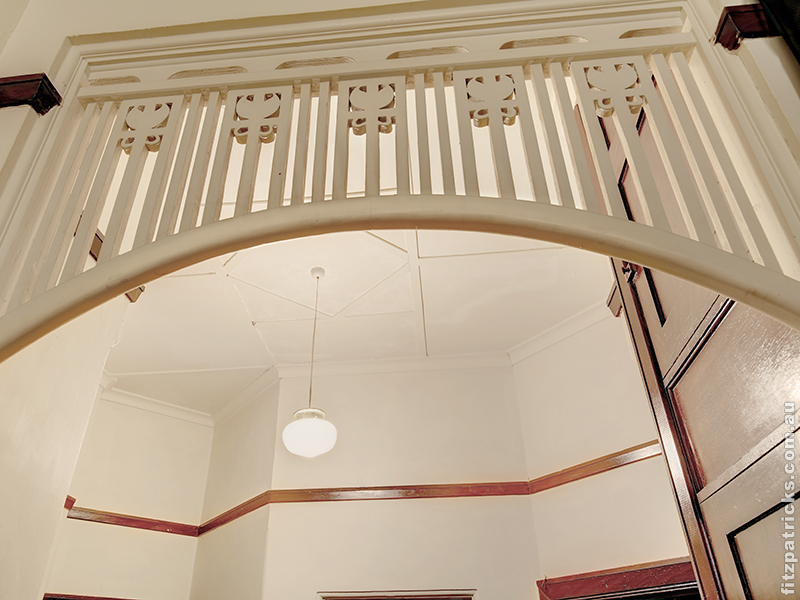
Fretwork comes in a variety of styles, depending on the era of the house, and are used to highlight the architectural features of the home.
Ceilings
A feature most commonly mentioned in the more traditional styled homes is ornate high ceilings.
Quintessential to many an Australian Federation-style home is the pressed tin ceiling with their intricately stamped repeating patterns. Made popular in the Victorian era as an alternative to the exquisite and expensive plasterwork inspired by European homes, they were traditionally painted white to give the appearance of hand-carved or molded plaster but had the added advantage of being durable, lightweight and fireproof.
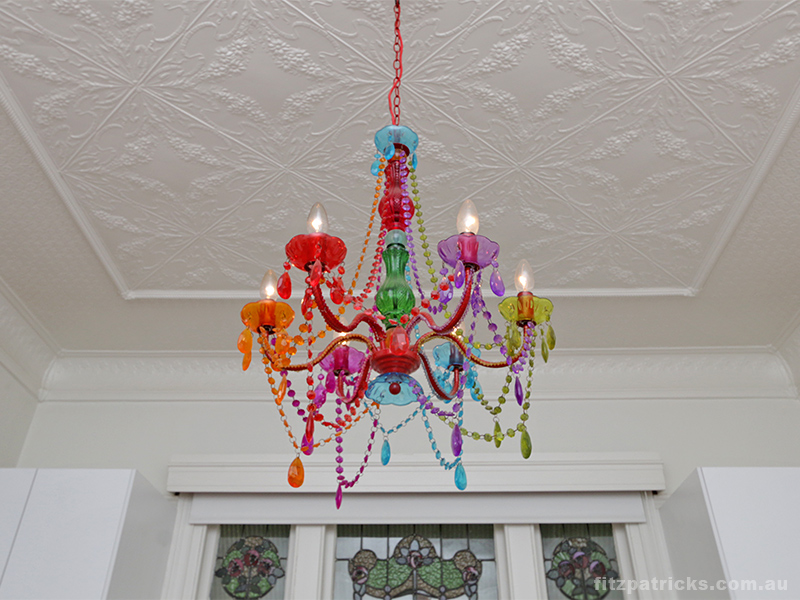
Pressed tin ceilings were appealing to home and business owners alike as a functionally attractive design element that was readily available.
Another popular element to adorn ceilings is the intricate (or not) plaster ceiling rose. Having long been used as a practical and decorative element (dating back to the 1600s and earlier) ceiling roses were introduced to protect plastered ceilings from the smoke and soot generated from candle or gas lighting. The occupier would simply have to replace the plaster rose instead of re-plastering the ceiling. As they grew more ornate, reflecting the artistic influences of the time, they also served to displaying wealth, authority and accentuate the divide in the social classes.4
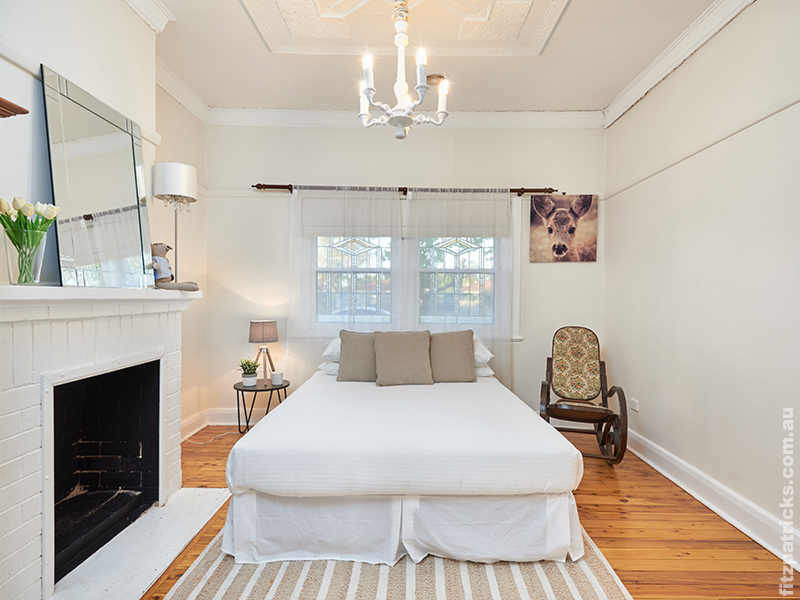
Varying in size and style, a ceiling rose is a decorative element affixed to the ceiling from which a chandelier or light fitting is often suspended.
Cornice
Perhaps the simplest way to draw the eye upward is with cornice.
Most commonly made from plaster, cornice is a moulding that creates an attractive finish at the junction of a room’s walls and ceiling which serves to reflect light into dark areas, making a room seem larger. It is often considered an important detail in “completing” the look and enhancing the ambience of a room.
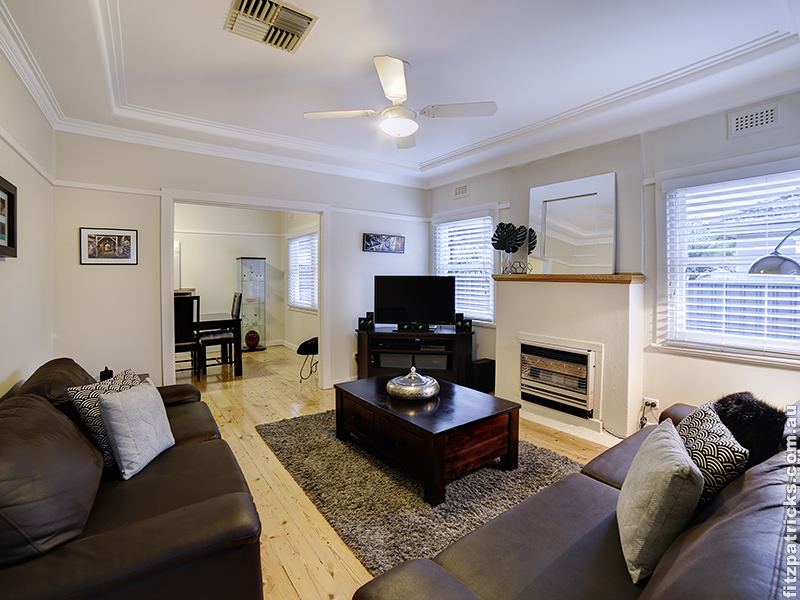
Double set, the ornate plaster cornice and edging of this ceiling creates an understated feature of the otherwise pared-back interior.
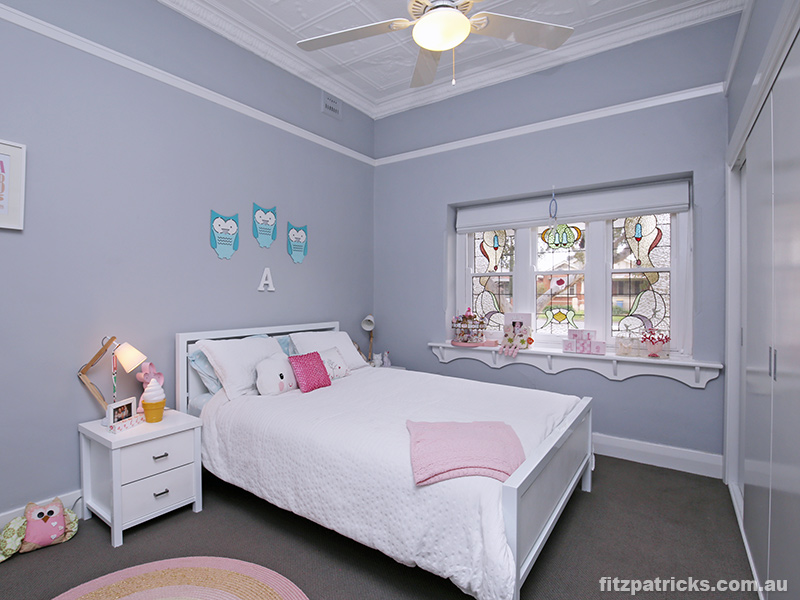
Patterned mouldings work with light and shade to create visual interest, drawing the eyes up.
Whether you are a traditionalist or prefer a more modern look, any of these elements can be applied to contemporary spaces to elevate your interior to a new level.
Sources: 1Domain.com.au; 2Wikipedia; 3Apartment Therapy; 4PeriodStyle UK








